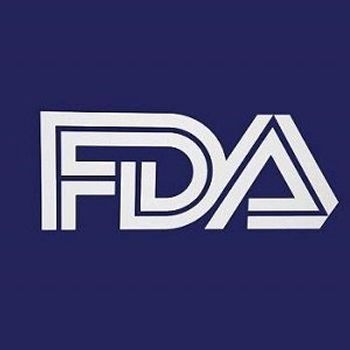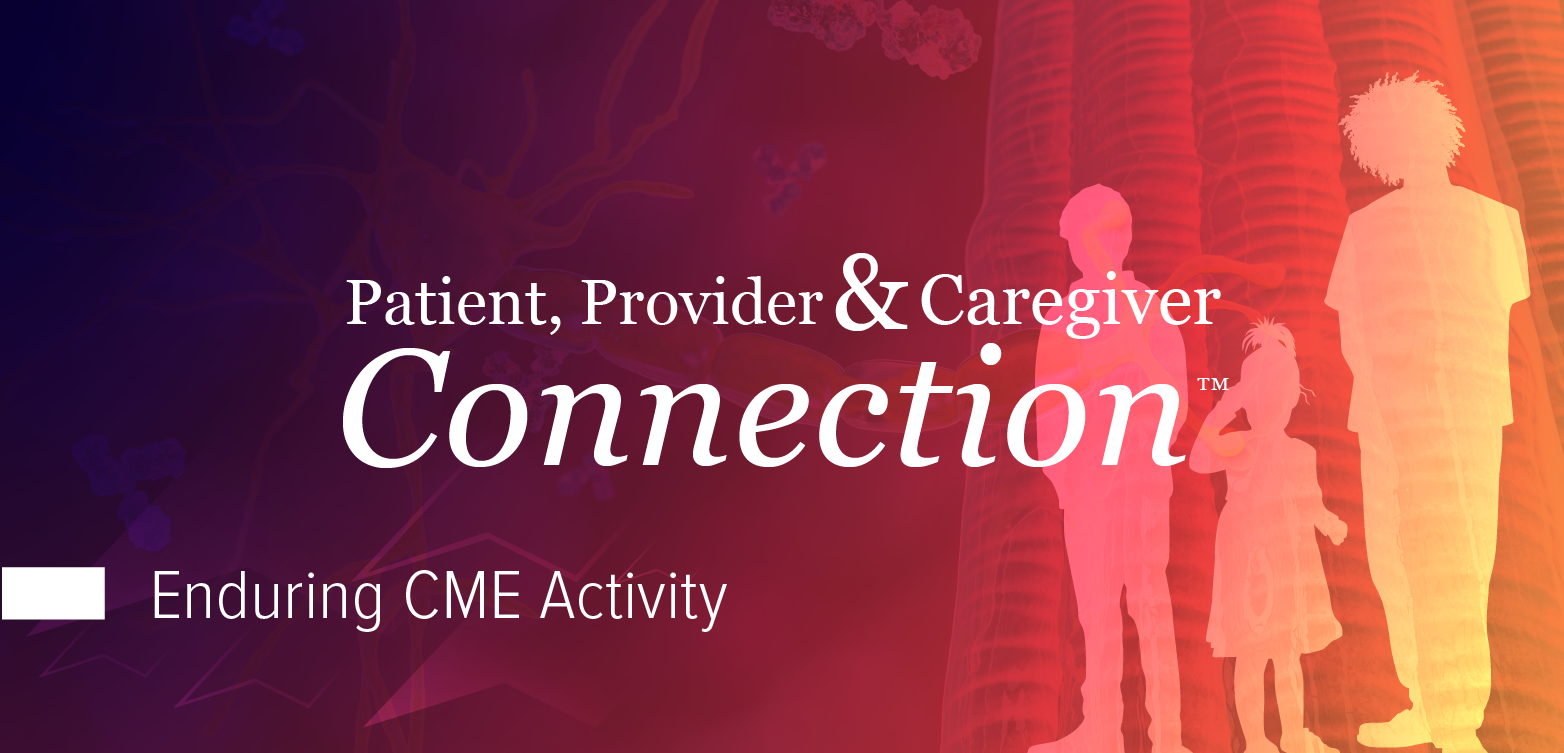
Final Analyses Highlight Efficacy of THC-CBD Combination Therapy for Acute Migraine
Nathaniel M. Schuster, MD, associate clinic director at the UC San Diego, talked about findings from a study of vaporized cannabis in treating patients with acute migraine presented at AHS 2025.
Migraine is known as a leading cause of disability worldwide, impacting over a billion patients worldwide. Although most patients may use acute treatments for their migraine attacks, studies have shown that many patients with migraine reported inadequate relief and often discontinued traditional therapies. To potentially address this unmet need in the patient community, there is a growing interest in exploring cannabinoids, like tetrahydrocannabinol (THC) and THC/cannabinoid (CBD), for migraine treatment. Preclinical research suggests that cannabinoids could influence migraine mechanisms, with additional studies showing that cannabinoids may also benefit as acute and/or preventive treatments for migraine.1
Newly presented findings from a randomized, double-blind, placebo-controlled crossover trial (NCT04360044) of cannabinoids for acute migraine revealed that a combination of 6% THC plus 11% CBD mix was superior to placebo for pain relief, pain freedom, and most bothersome symptom freedom at 2 hours, with sustained benefits at 24 and 48 hours. Harold G. Wolff Lecture Award recipient
In the lecture, Schuster equipped attendees with the available evidence to counsel patients, described the trial’s key findings, and discussed the potential role of endocannabinoid-targeting therapies in migraine care. During the meeting, Schuster sat down with NeurologyLive® to share his clinical insights from the recently completed clinical trial that assessed the use of vaporized cannabis for acute migraine treatment. In the conversation, he covered key aspects of the study design, the patient populations included, and how the findings may inform real-world clinical decisions. Schuster also highlighted considerations around treatment timing and explored how different subgroups responded to the intervention.
NeurologyLive: Could you provide an update on the findings from the trial and their clinical relevance?
Nathaniel M. Schuster, MD: Two years ago, we presented the late-breaking early data on the first placebo-controlled study of vaporized cannabis for acute migraine. At that point, what we had presented was that at the 2-hour primary end point, pain freedom was positive for both THC and the THC-CBD mix versus placebo, while CBD alone was not positive. The co-key secondary end points, pain freedom at 2 hours and most bothersome symptom freedom at 2 hours, were positive for the THC-CBD mix only.
The known adverse effects that we all associate with THC administration were, of course, seen in this study with both the THC alone as well as the THC-CBD mix. However, the adverse effects were less when people used THC plus CBD than with THC alone. That was not an unsurprising finding, because CBD is a nonallosteric negative modulator of the CB1 receptor, and so it’s been known that it decreases the psychoactive adverse effects that people get from THC. So that’s where we were 2 years ago.
Study Design
I guess I should take a step back and talk about the study design. This was a randomized, double-blind, placebo-controlled crossover study where participants had up to 1 year to treat four acute migraine attacks. At migraine onset, the patient, within 4 hours, had the opportunity to treat—hopefully as early as possible—the migraine with vaporized cannabis flower.
The cannabis came from the National Institute on Drug Abuse (NIDA), the NIDA drug supply program. The vaporizers were research-grade vaporizers from Storz & Bickel, the Mighty vaporizer. The order of the 4 treatments was randomized, so patients didn’t know which one or in what order they were going to be getting the treatment. The 4 different treatments were: THC 6%; CBD 11%; THC-CBD mix (THC 6% / CBD 11%); placebo. Of course, they were not getting them in that order, it was a randomized order.
So that brings us to where we’re at now. We've done the full analysis through the primary, secondary, exploratory, and post hoc analyses. What we see is: outside of that primary endpoint, which was positive for both the THC and the THC-CBD mix groups, the THC-CBD mix looks good definitely through the key secondary endpoints; both of those were positive. Then, through the rest of the prespecified end points that we put on ClinicalTrials.gov, most of those came back as being positive in the THC-CBD mix group and not with THC alone. Pretty much nothing with the CBD alone, and all those were compared with placebo.
Post Hoc and Exploratory Analyses
In the post hoc and exploratory analyses, some interesting things that we looked at and some interesting things that we found. Our concern was, well, maybe patients would be saying that their migraine was gone, but they were still not back to their usual activities, or they were lying in bed, or they were sleeping—and those are not good end points. That’s not what we want from an acute migraine treatment.
So we looked at that, and what we saw was that return to usual activity was over 60% with both the THC-CBD mix and THC alone. With placebo, it was not that much lower at 2 hours, it was a little bit below 60%. We did not test these for statistical significance because these were exploratory and post hoc analyses, but it was more us checking to make sure that we weren’t seeing positive results but disabled patients.
Drilling down and looking at the percentage of people who were sleeping were pretty much the same across all the groups, around 12–13% were sleeping at 2 hours. Patients lying in bed was, again, a little bit lower in the THC-CBD mix and THC group than in the placebo group—not very high, around 20% of patients. So patients were not just lying in bed, fortunately, at 2 hours—they were getting back to their usual activities.
Subgroup Analyses
We then wanted to drill down and look at some subgroup analyses. For example, we looked at patients who have allodynia, who have scalp sensitivity. This is known to be a group that is harder to treat with existing acute medications. What we found was that while treatment responses were lower in patients who have allodynia, they were still reasonably high enough that this is, I believe, something that could be considered by patients as a treatment when they have allodynia.
We also looked at another more challenging patient population which was patients with chronic migraine, more than 15 headache days, more than 8 migraine days per month. These are patients who historically have not been included in acute migraine research studies by industry, with the concern that including more refractory patients might lead to negative studies.
But the purpose of this study was to inform doctors in their conversations with patients. I think that’s really important to actually state upfront that we weren’t trying to bring something to market. This was not an industry-funded study. This was a study conducted to test what patients are already doing, and we know that many American people with migraine are self-treating with cannabinoids. So we wanted to test it in a placebo-controlled study, which had never been done before.
That brings us back to episodic versus chronic migraine, testing how those 2 subgroups did. In this study, we included patients with between 2 to 23 headache days, or 2 to 23 migraine days, per month. So, those patients who had between 15 and 23 headache days per month, between 8 and 23 migraine days per month was a more refractory population. What we actually saw was that the 2-hour pain freedom and 2-hour most bothersome symptom freedom responses were very similar whether patients had episodic or chronic migraine. So this is a treatment that appeared to be effective both in those who have episodic migraine as well as those who have chronic migraine.
The last subgroup analysis we looked at involved patients who were treating between 0 to 2 hours from the onset of their migraine attack, and patients treating between 2 to 4 hours from onset, so early versus late treatment. All these patients, after they vaporized, had their data collected 2 hours later.
In the subgroup that treated between 0 to 2 hours, you do see higher response rates than those who treated between 2 to 4 hours, although there are still reasonable response rates in the 2 to 4 hour range. The way I would counsel patients is that it’s better to treat early and this is true pretty much across all migraine treatments. However, if you are treating during that 2–4 hour range whether because you were trying another medication first or were not in a situation where you could vaporize cannabinoids, the response rate might not be as high, but there is still a reasonable response rate at 2 to 4 hours.
Transcript edited for clarity.
REFERENCES
1. Schuster NM, Wallace MS, Marcotte TD, et al. Vaporized Cannabis versus Placebo for Acute Migraine: A Randomized Controlled Trial. Preprint. medRxiv. 2024;2024.02.16.24302843. Published 2024 Feb 18. doi:10.1101/2024.02.16.24302843
2. Schuster NM. Vaporized Cannabis Versus Placebo for the Acute Treatment of Migraine: Final Results From a Randomized, Double-Blind, Placebo-Controlled, Crossover Trial. Presented at: 2025 AHS Annual Meeting; June 19-22; Minneapolis, MN. Harold G. Wolff Lecture Award.
Newsletter
Keep your finger on the pulse of neurology—subscribe to NeurologyLive for expert interviews, new data, and breakthrough treatment updates.



































